Two years or so ago I got a 90cm Prodelin offset dish antenna for Ku reception. It is built like a tank and works way better than any of those crappy Fortec Star or similar offset dishes. If you have any of those, just throw them away like I did mine. It cost me almost $300, and I think $60 or $70 for the dual polarity kit, but it is well worth the money. It's the most stable and rock solid dish I've ever used. It's a commercial dish of course, but for the constant good signal it suppies, it's well worth the money. A Zinwell Ku LNB was sold with it, which work really well and are really stable, they are typically used for Muzak services. Here are some pics of it where I had initially mounted it, on an old and wobbly wooden picket fence:
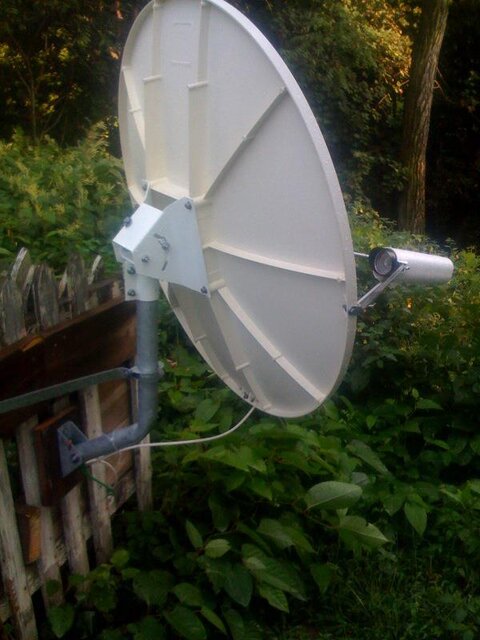
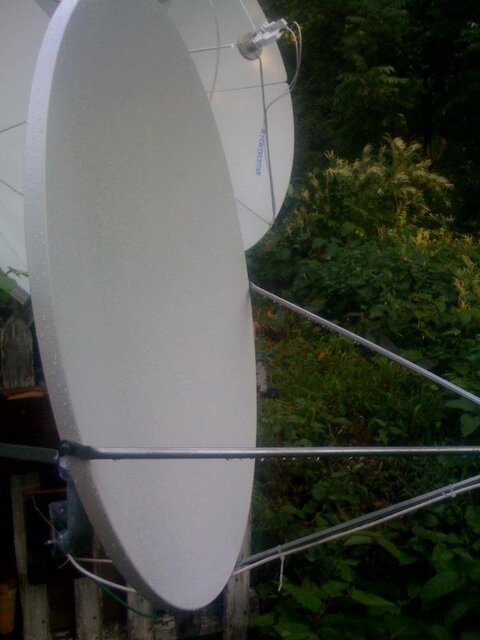
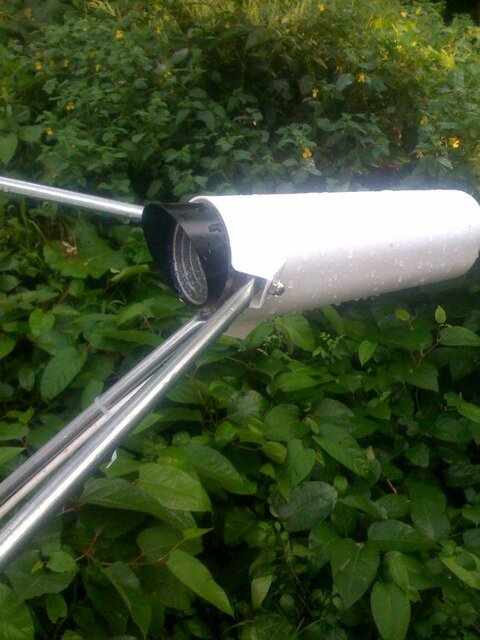

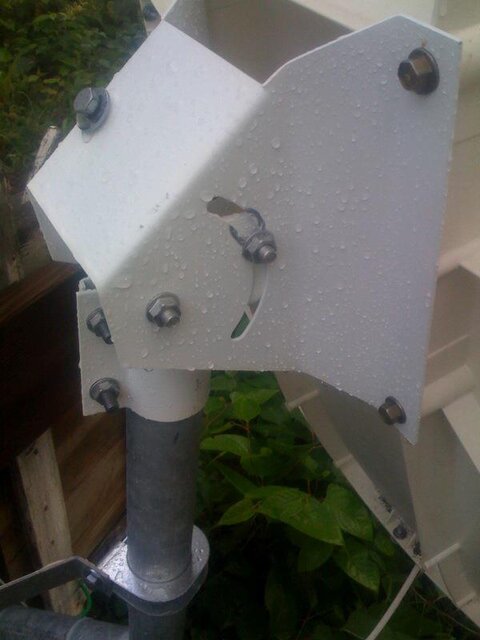
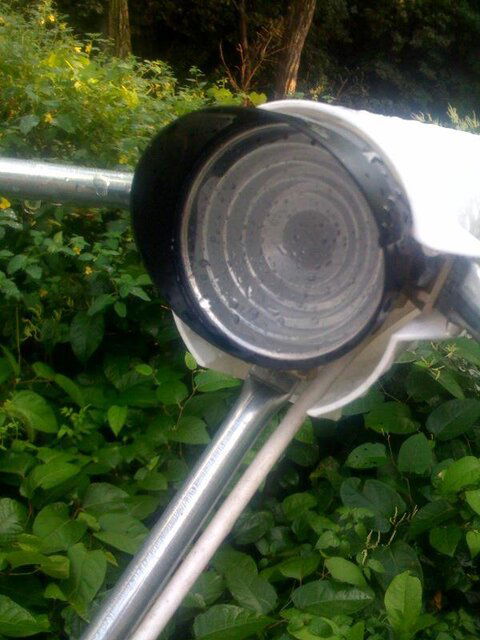
I bought it specifically for trouble-free reception of PBS's HD east and west feed on AMC 21. Other than the wobbly wooden picket fence, it provided very stable signal. Later I bought the dual polarity kit and another Zinwell LNB. This included a feedhorn that outputted both polarities (the single feed feedhorn only outputted one), a waveguide splitter, and used another Zinwell LNB:
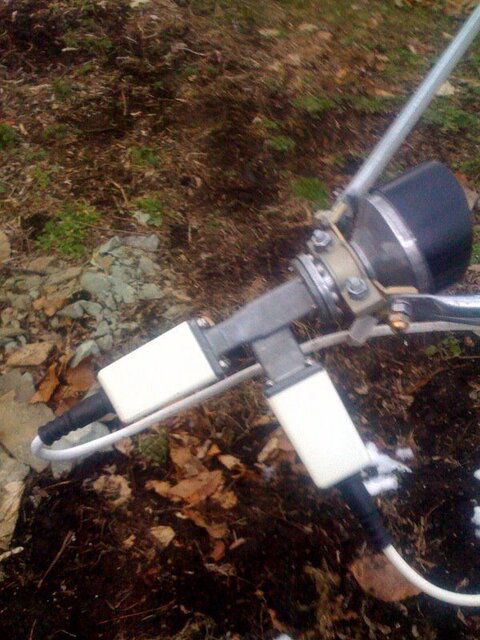
This was for horizontal reception as well, mainly because I wanted to mess around with some horizontal feeds. Because of the wobbly wooden picket fence, I decided to move it. The signal would be great after I first adjusted it, then gradually go to crap. So here are pics of it in it's new location, near my Directv dish:
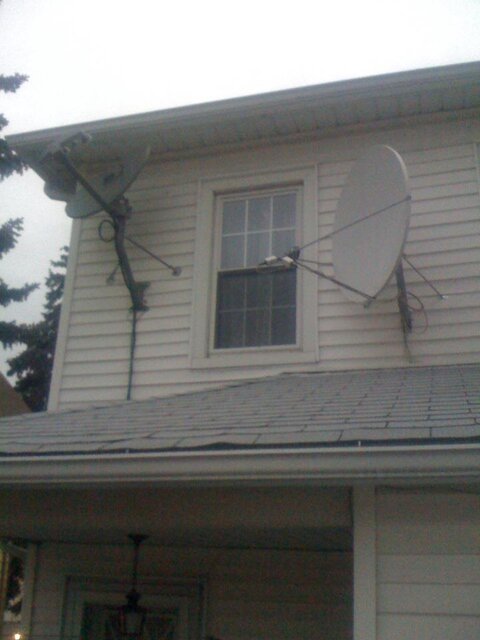
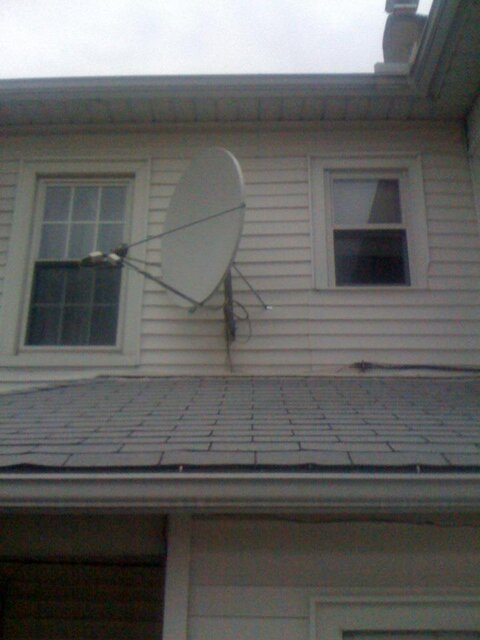
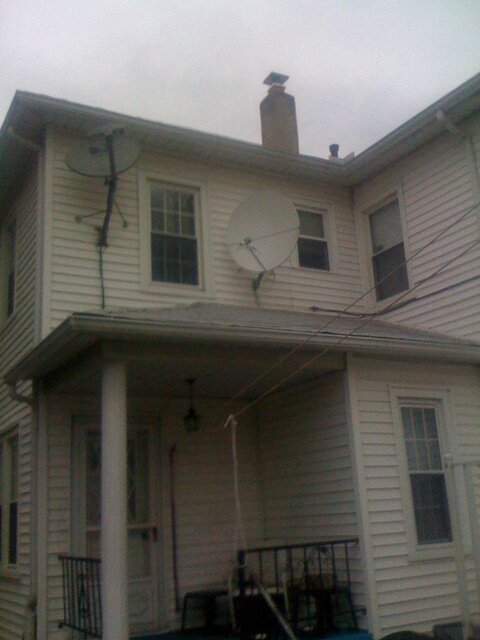
Now the signal is rock solid stable, and PBS HD east and west come in good and strong. Here is a graph of BER since the relocation for this past week and past two weeks:


Here you can see the signal is much more stable with the exception of rain fade, which will be more prominant than Directv because the signals are not as strong as Directv. This past wednesday it rained heavy all day, so there was a lot of rain fade. Compare that to last year when I had it mounted on the wobbly wooden picket fence. In the latter half of the spring, all of summer, and early half of the fall, trees and Japanese Knotweed prevented any reception at all. I hated missing PBS during these times. Here is the unstable reception of it mounted on the wobbly wooden picket fence:
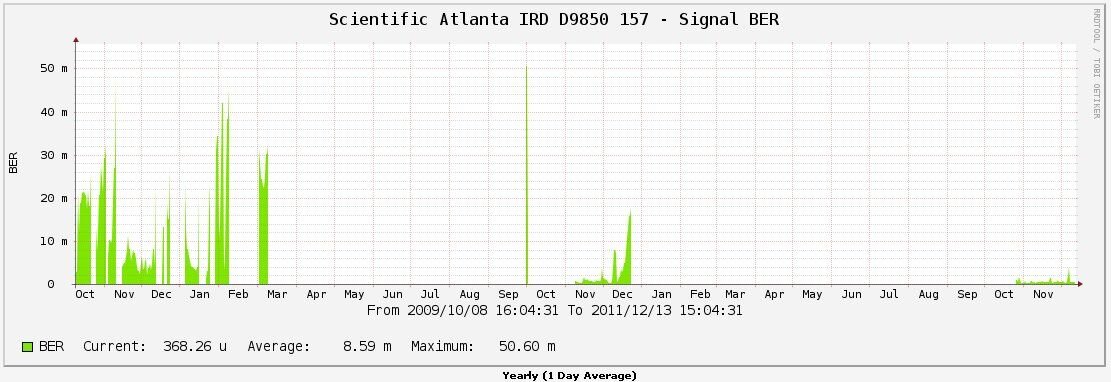
Towards the left of the graph is fall/winter of 2009. I had to adjust that wooden picket fence every few days then. After March, I could get nothing. I didn't mess with it much the fall/winter of 2010, which is in the middle of the graph. Towards the right of the graph is this fall when I relocated it.
I was just afraid to get on the roof and run the cable, but it paid off when I did finally relocate it.






I bought it specifically for trouble-free reception of PBS's HD east and west feed on AMC 21. Other than the wobbly wooden picket fence, it provided very stable signal. Later I bought the dual polarity kit and another Zinwell LNB. This included a feedhorn that outputted both polarities (the single feed feedhorn only outputted one), a waveguide splitter, and used another Zinwell LNB:

This was for horizontal reception as well, mainly because I wanted to mess around with some horizontal feeds. Because of the wobbly wooden picket fence, I decided to move it. The signal would be great after I first adjusted it, then gradually go to crap. So here are pics of it in it's new location, near my Directv dish:



Now the signal is rock solid stable, and PBS HD east and west come in good and strong. Here is a graph of BER since the relocation for this past week and past two weeks:


Here you can see the signal is much more stable with the exception of rain fade, which will be more prominant than Directv because the signals are not as strong as Directv. This past wednesday it rained heavy all day, so there was a lot of rain fade. Compare that to last year when I had it mounted on the wobbly wooden picket fence. In the latter half of the spring, all of summer, and early half of the fall, trees and Japanese Knotweed prevented any reception at all. I hated missing PBS during these times. Here is the unstable reception of it mounted on the wobbly wooden picket fence:

Towards the left of the graph is fall/winter of 2009. I had to adjust that wooden picket fence every few days then. After March, I could get nothing. I didn't mess with it much the fall/winter of 2010, which is in the middle of the graph. Towards the right of the graph is this fall when I relocated it.
I was just afraid to get on the roof and run the cable, but it paid off when I did finally relocate it.

